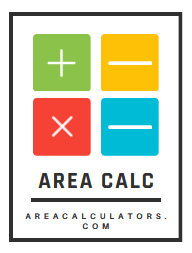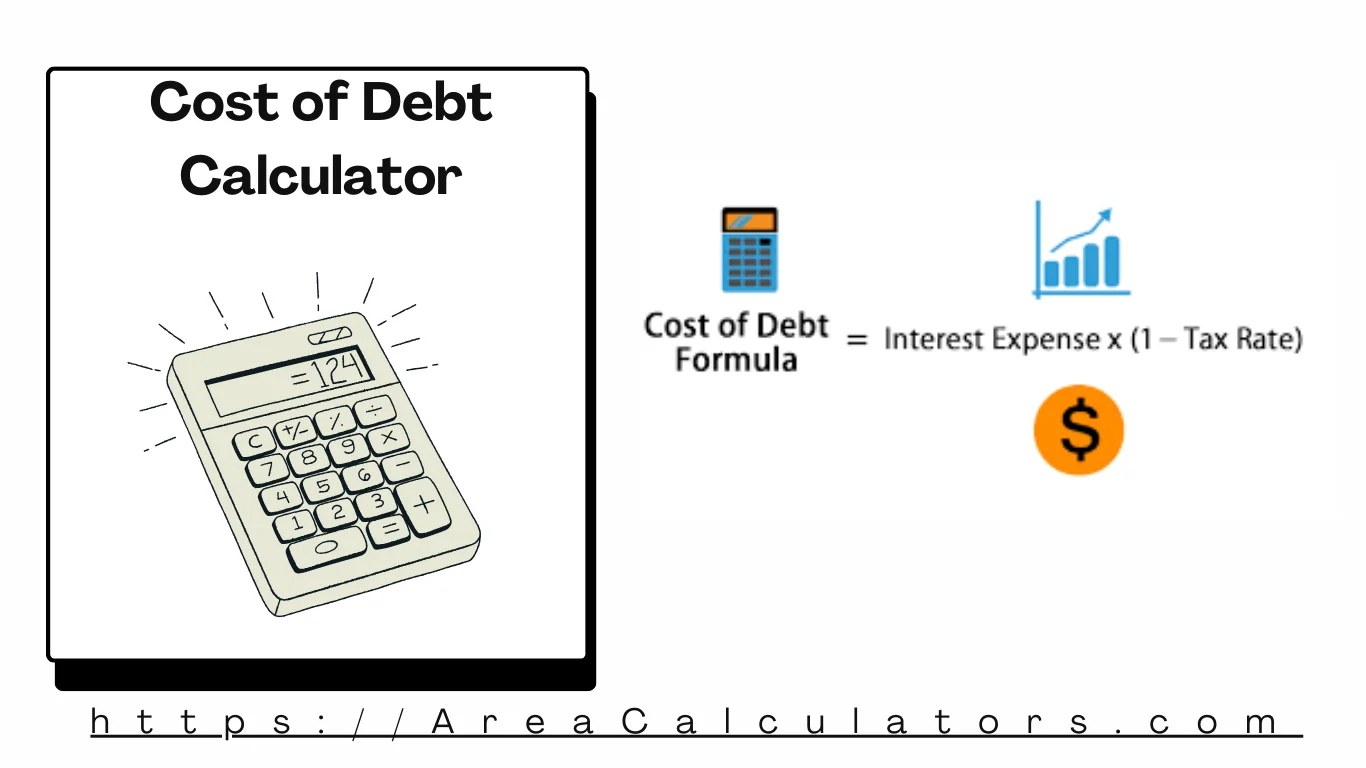Relative Risk (RR) is calculated using the formula: RR = [a / (a + b)] / [c / (c + d)]
The Relative Risk Calculator is a valuable tool in statistics and healthcare, used to compare the risk of an event occurring in two groups. It’s particularly useful in assessing disease outcomes, treatment effectiveness, and exposure effects.
Formula
RR = [a / (a + b)] / [c / (c + d)]
| Variable | Description |
|---|---|
| a | Events in the exposed group |
| b | Non-events in the exposed group |
| c | Events in the unexposed group |
| d | Non-events in the unexposed group |
| RR | Relative Risk |
Solved Calculations
Example 1: Relative Risk in a Clinical Study
| Step | Value |
|---|---|
| Events in Exposed Group (a) | 50 |
| Non-events in Exposed Group (b) | 150 |
| Events in Unexposed Group (c) | 30 |
| Non-events in Unexposed Group (d) | 170 |
| RR = [50 / (50 + 150)] / [30 / (30 + 170)] | 1.88 |
Example 2: Relative Risk in a Public Health Study
| Step | Value |
|---|---|
| Events in Exposed Group (a) | 40 |
| Non-events in Exposed Group (b) | 60 |
| Events in Unexposed Group (c) | 20 |
| Non-events in Unexposed Group (d) | 80 |
| RR = [40 / (40 + 60)] / [20 / (20 + 80)] | 2.67 |





